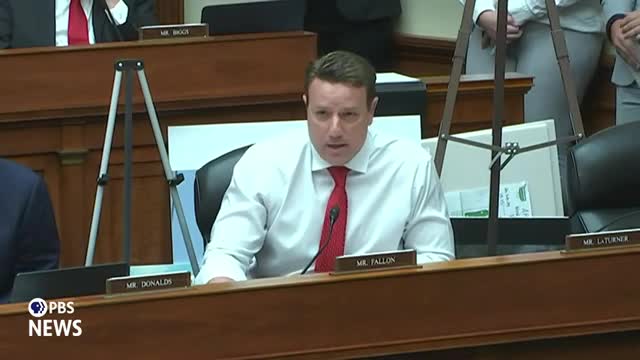Security failures exposed in chilling testimony on presidential threat

This article was created by AI summarizing key points discussed. AI makes mistakes, so for full details and context, please refer to the video of the full meeting. Please report any errors so we can fix them. Report an error »

In a recent government meeting, intense scrutiny was directed at security protocols following a significant threat to President Trump during an event at the Butler Fairgrounds. Key officials faced tough questions regarding their response to the threat, particularly the absence of counter-surveillance teams on-site and the decision-making process surrounding security measures.
One official admitted to not visiting the site nine days after the incident, prompting outrage from attendees who emphasized the importance of immediate on-the-ground assessments. The official confirmed they spoke with the president the day after the event, but there were conflicting accounts regarding the timeline of communication, with some suggesting it was as long as 72 hours post-incident.
Concerns were raised about the security of various structures surrounding the event, particularly the AGR building, which had not been secured despite being identified as a potential risk. The discussion highlighted that the shooter had visited the site multiple times and had utilized a drone, raising alarms about the adequacy of the security measures in place.
Criticism was directed at the rationale for not placing counter-sniper teams on the AGR building due to perceived safety concerns regarding the roof's slope. Officials were challenged on the lack of written policy regarding such safety assessments, with accusations of providing excuses that lacked credibility.
The meeting underscored a broader concern about the effectiveness of security protocols and the potential consequences of lapses in judgment, with one participant emphasizing the miraculous nature of the president's survival given the circumstances. The discussions reflect a pressing need for a thorough review of security practices to prevent future threats.
One official admitted to not visiting the site nine days after the incident, prompting outrage from attendees who emphasized the importance of immediate on-the-ground assessments. The official confirmed they spoke with the president the day after the event, but there were conflicting accounts regarding the timeline of communication, with some suggesting it was as long as 72 hours post-incident.
Concerns were raised about the security of various structures surrounding the event, particularly the AGR building, which had not been secured despite being identified as a potential risk. The discussion highlighted that the shooter had visited the site multiple times and had utilized a drone, raising alarms about the adequacy of the security measures in place.
Criticism was directed at the rationale for not placing counter-sniper teams on the AGR building due to perceived safety concerns regarding the roof's slope. Officials were challenged on the lack of written policy regarding such safety assessments, with accusations of providing excuses that lacked credibility.
The meeting underscored a broader concern about the effectiveness of security protocols and the potential consequences of lapses in judgment, with one participant emphasizing the miraculous nature of the president's survival given the circumstances. The discussions reflect a pressing need for a thorough review of security practices to prevent future threats.
View full meeting
This article is based on a recent meeting—watch the full video and explore the complete transcript for deeper insights into the discussion.
View full meeting